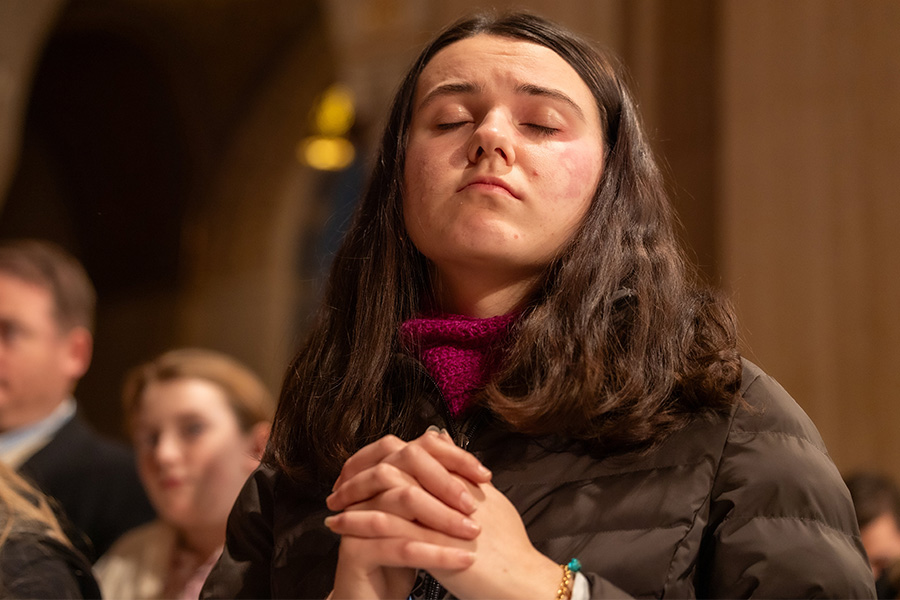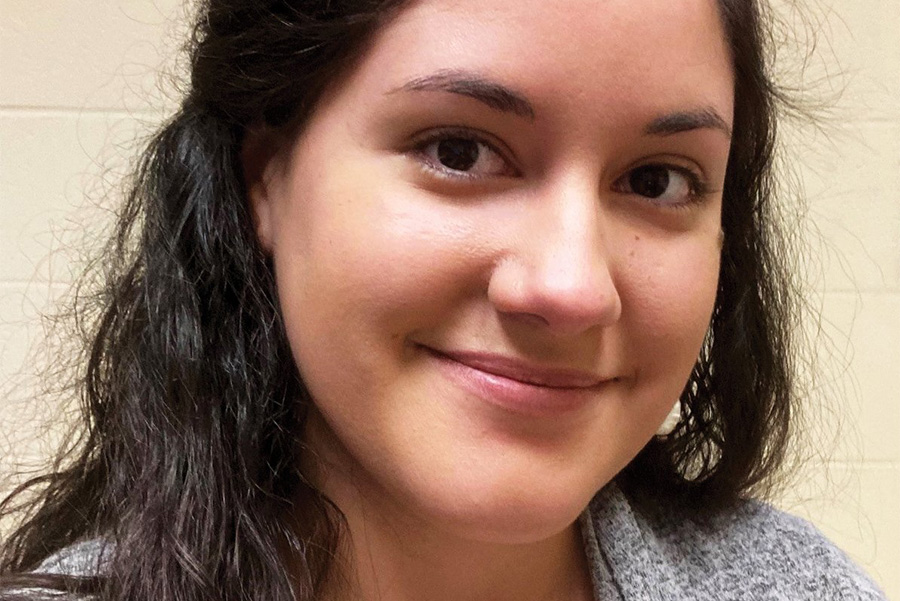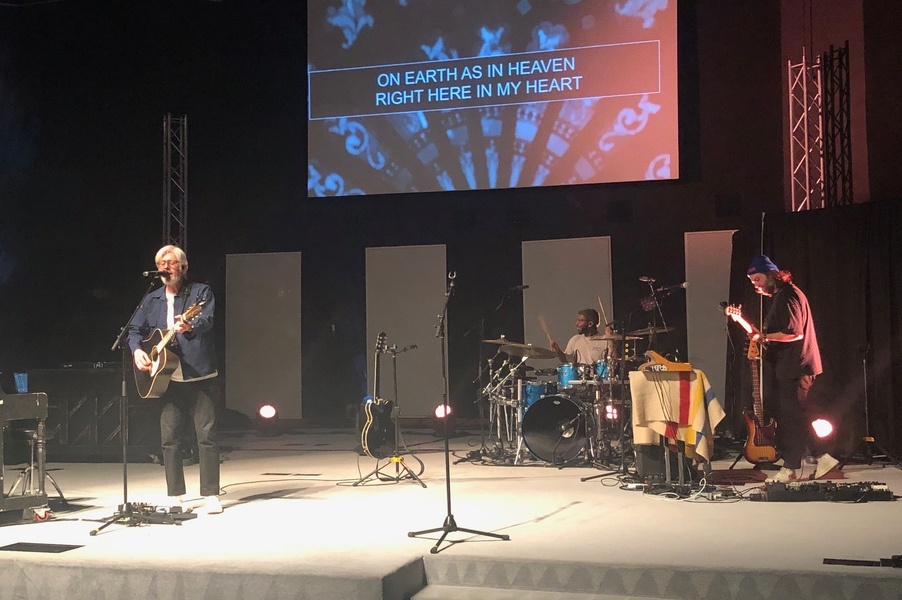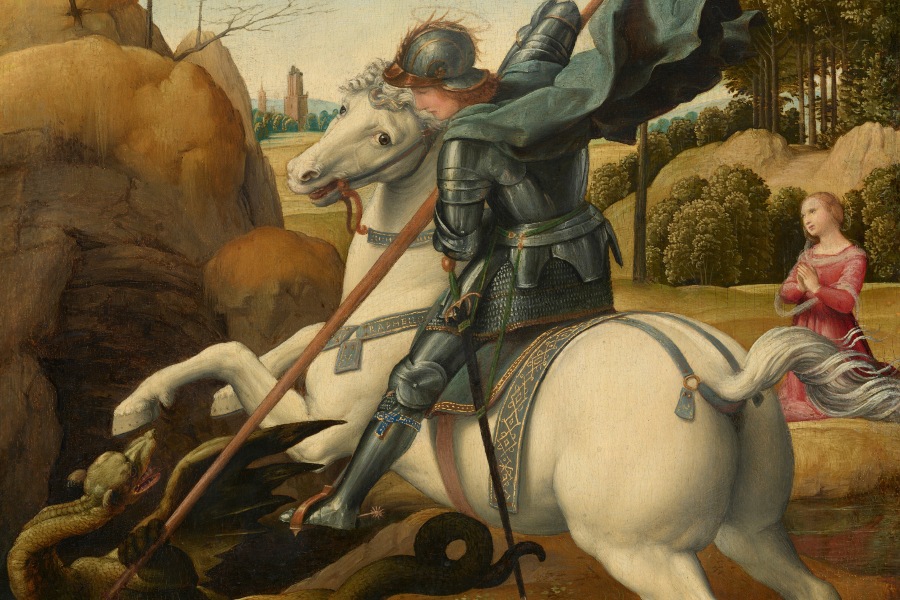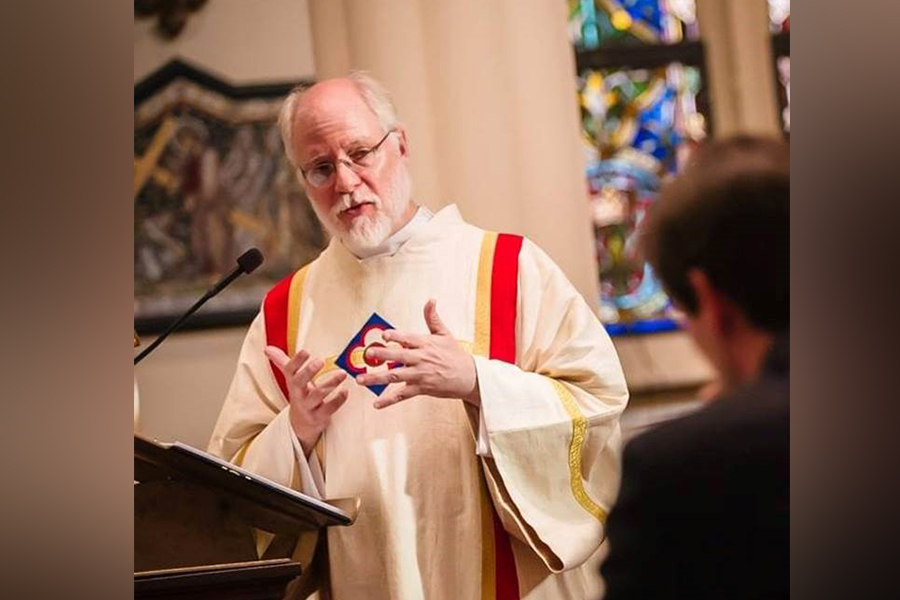May 7, 1967, was a beautiful day in Hometown, Ill. I honestly cannot recall the weather – being early May in the suburbs of Chicago, it could have been rain, snow, sun – even a tornado. What was beautiful about the day was that I received the Lord in holy Communion for the first time.
There we were, the girls in their white dresses and veils and the boys in white shirts and ties, all lined up by height – so I was third in the boys’ line – processing into the Quonset-hut church of my home parish, Our Lady of Loretto.
The date of my first Communion is etched in my mind because it was the gateway to so much more in life. I was able to bring Jesus not only into my heart, but also physically into my body. The bread and wine had been transformed, transubstantiated – changed in substance – from bread and wine into the Body and Blood of the Savior. But it still looked like bread and wine.
The Real Presence of Christ in the Eucharist was hard for us to understand as 7-year-olds, but we learned that important tenet of our faith from the parish priests and the Dominican sisters who taught at OLL.
Years later, at a liturgical workshop in the parish hall, I listened to a priest who talked about how the thin, unleavened wafers used for Communion didn’t look or taste like most of the bread we ate on a daily basis. Quite honestly, he said, it sometimes took more faith to believe that the host was bread than to believe it would become the Body and Blood of Christ.
The sad fact is that, today, most Catholics don’t believe that the host becomes the Real Presence of Christ. In a Pew Research Center study released in 2019, almost seven out of 10 Catholics believe that Communion is a symbol of Jesus, and a third of those people know the church teaching about transubstantiation, but just don’t believe it.
Think back to your own first holy Communion – and all the Communions since then. Why would you receive a minimal piece of bread and a sip of wine if not for what it truly is?
When we go to the altar to receive, we create a throne with our hands, where the Communion minister can place the host, so that we can pick it up reverently and take it into our body. Why would we have such a formal ritual for receiving Communion if it were not that the King of Kings is truly becoming part of us?
So, it is concerning that so many Catholics – even the ones who attend church regularly – don’t understand this “inestimable gift” that we can receive again and again.
“This sacrifice is so decisive for the salvation of the human race that Jesus Christ offered it and returned to the Father only after he had left us a means of sharing in it as if we had been present there,” Pope St. John Paul II said in “Ecclesia de Eucharistia,” his 2003 encyclical. “Each member of the faithful can thus take part in it and inexhaustibly gain its fruits.”
This is why Archbishop William E. Lori accepted and implemented the recommendation of the priests of the archdiocese, who encouraged him to set aside time to renew faith in the Real Presence of Christ in the Eucharist and to educate the faithful about its gifts.
The archbishop announced a Year of the Eucharist that will begin on the feast of the Body and Blood of Christ – Corpus Christi, June 6 – and end a year later. This will be a time for each of us to grow more deeply in love with Jesus and each other, and to understand this great mystery, this great gift we received at our first Communion and can continue to receive.
For more information on the Year of the Eucharist, visit archbalt.org/year-of-the-eucharist or text CHRIST2021 to 84576.
Also see
Copyright © 2021 Catholic Review Media

